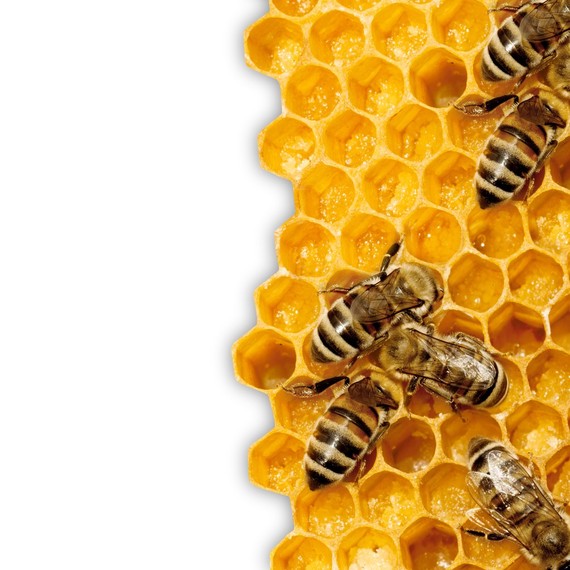by Doug Kirkpatrick, US Partner at NuFocus Strategic Group
We live in the marketing age of all things natural, organic, and sustainable. Some astute observers are turning to the natural world for examples of practices that allow human beings to work together effectively in the age of the self-managed organization.
Ken Thompson's book Bioteams: High Performance Teams Based on Natures Most Successful Designs describes how to create high performance teams based on examples found in the natural world. As he notes in the first chapter, "after [nature's] 3.8 billion years of research and development, failures are fossils, and what surrounds us is the secret to survival. Like the viceroy butterfly imitating the monarch, we humans are imitating the best and brightest organisms in our habitat."
The idea of biomimetics really began, Thompson observes, in the 1940's when a Swiss inventor noticed how certain plant seeds clung to his clothing. Closer examination led to the discovery of a unique hook-and-loop mechanism, which led to the invention of Velcro. From that point, it was only a matter of time before theorists began to think more deeply about how to adapt nature's designs for human use. Thompson observes that bioteaming is simply the application of biomimetics to group effectiveness in human organizations.
What better opportunity to apply the lessons of bioteaming than to a self-managed organization, where individual members enjoy a large quantum of autonomy in pursuit of their respective missions? Absent the friction of bureaucracy and hierarchy, these organizations should be uniquely equipped to avail themselves of the best analogies that nature has to offer. There are plenty to choose from.
From the ant world we learn about the power of instant short-burst, whole-group broadcast communication. Ants communicate both opportunity (food) and threat (predator) messages through whole-group chemical broadcasts. These short messages require no response (eliminating the need for two-stage communication), and trigger message receivers to act instantly. Efficient, and effective.
Short-burst communication is not only efficient and effective, it's also lucrative. In its last round of funding announced on April 1, 2016, fast-growing workplace collaboration startup Slack (so named because it helped founder Stewart Butterfield and his employees communicate with less tension) was valued at $3.8 billion. Butterfield says his goal is to end "interoffice email" because it's a less efficient system than messaging. Competitors have taken notice. Companies like Chatwork, Ryver, HipChat, Lua and Switch are all vying for a piece of the growing collaborative workspace pie--and changing the nature of work itself.
Thompson notes that traditional organizations rely heavily on permission structures to protect against mistakes by individual members. Bioteams, on the other hand, obliterate those structures and drive accountability through transparency and reliance on reputation. Accountability then becomes the natural consequence of bioteaming, not an artifact of hierarchical authority structures.
Bioteaming principles, according to Thompson, include the following:
- Self-Management. Individuals react and collaborate in response to information, not command-and-control orders.
The founder of the 5900-member Employee Engagement Network, David Zinger, launched a three-year study of honey bees to distill powerful lessons for human organizations. In his e-book Waggle: 39 Ways to Improve Human Organizations, Work, and Engagement, he notes the need for incessant collaboration and the need to stay connected with one's organization.
Zinger also shares a link to a YouTube video called the The Waggle Dance of the Honeybee from the Georgia Tech College of Computing. Research demonstrates that bee collaboration is incredibly sophisticated and mathematically precise, enabling individual bees to independently fly to food sources at great distances with astonishing efficiency. With tools like Slack and over one millions words available in the English language, one would think that humans should be able to collaborate effectively even without waggle dancing.
The power and elegance of bioteaming is indisputable. Whether organizational leaders will detach themselves from the perceived security blanket of traditional, artificial hierarchy in order to fully experience that power is another question entirely.
Doug Kirkpatrick is the author of Beyond Empowerment, The Age of the Self-Managed Organization. He is an organizational change consultant, TEDx and keynote speaker, executive coach, writer, educator and SPHR.
He played the first season of his business career in the manufacturing sector, principally with The Morning Star Company of Sacramento, California, a world leader in the food industry, as a financial controller and administrator. He now engages with the Morning Star Self-Management Institute, Great Work Cultures, The Center for Innovative Cultures and other vibrant organizations and leaders to co-create the future of management. Contact Doug at Twitter @Redshifter3.

